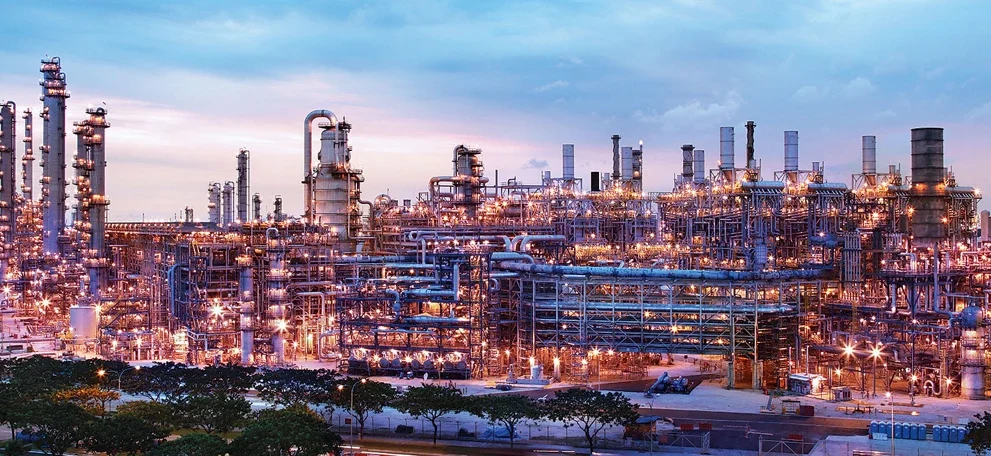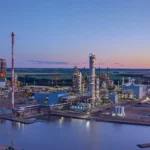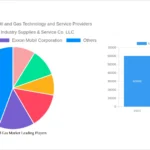Iran’s Oil and Gas Sector Under Siege: Attacks, Sanctions, and Growth Amid Geopolitical Storm

Iran’s Oil and Gas Sector Under Siege: Attacks, Sanctions, and Growth Amid Geopolitical Storm
Tehran, Iran
Iran’s vital oil and gas industry, a cornerstone of the nation’s economy, continues to face severe disruptions from escalating geopolitical tensions and international sanctions in 2025. Recent Israeli strikes on key infrastructure have heightened fears of supply interruptions, while partnerships with China and Russia offer glimmers of development potential. As the fourth-largest crude oil producer in OPEC and the third-largest dry natural gas producer globally, Iran’s energy sector remains a flashpoint in regional conflicts, influencing worldwide markets.
Israeli Strikes Target Critical Energy Assets
In June 2025, Israel expanded its military operations to include direct attacks on Iran’s oil and gas facilities, marking a significant escalation in the Israel-Iran conflict. Strikes hit the South Pars natural gas field, the world’s largest reserve shared with Qatar, causing fires and partially suspending gas production at Phase 14. The Iranian oil ministry reported damage to an offshore production platform that generates 12 million cubic meters of gas per day, alongside hits on the Fajr Jam gas plant in Bushehr province.
Further assaults targeted urban infrastructure, including the Shahran fuel depot and the Shahr Rey oil refinery near Tehran, one of the country’s largest. These attacks exacerbated Iran’s ongoing energy crisis, characterized by gas shortages that have led to widespread power cuts for residential, commercial, and industrial users. Repairing the damage is expected to be costly and time-consuming, straining an industry already hampered by limited access to Western technology and capital.
Sanctions and Export Challenges Persist
Western sanctions, intensified following Donald Trump’s 2024 election victory, continue to stifle Iran’s oil ambitions. Despite a production surge since 2022—driven by a temporary sanctions focus shift to Russia after its Ukraine invasion—Iran’s crude output growth is now stalling. The country produced an average of 3.4 million barrels per day (bpd) of crude and 1.3 million bpd of condensate in the first half of 2025, with exports exceeding 2 million bpd, primarily to China.
These sanctions have deterred foreign investment, limiting development of Iran’s vast reserves—the world’s third-largest for crude oil and second-largest for natural gas. Iran’s recovery rates in mature fields hover at just 3.5-4.5%, far below global averages, leaving enormous untapped potential. Experts estimate that boosting recovery to 12.5% could dramatically increase recoverable reserves, while 50% efficiency would reshape Iran’s global standing.
China and Russia Step In with Major Investments
To counter these constraints, Iran has deepened ties with China and Russia. China is actively involved in the South Azadegan oil field, installing central processing units and gas collection systems to enhance output. Russia signed a $40 billion memorandum of understanding with the National Iranian Oil Company (NIOC) in 2025, covering projects like the $10 billion development of the Kish and North Pars gas fields, a $15 billion pressure enhancement initiative for South Pars, and LNG export pipeline construction.
These collaborations aim to inject vital capital and technology into Iran’s upstream sector, particularly in the West Karoun region, where shared reservoirs with Iraq provide strategic advantages. However, the deals represent only a fraction of the $200 billion needed by 2030 to fully modernize the industry, according to Iran’s Fifth Development Strategy.
Market Volatility and Global Implications
The June attacks triggered immediate oil price spikes, with Brent crude jumping up to 13% to its highest levels since January, reflecting fears of broader disruptions. OPEC+ members, particularly Saudi Arabia and the UAE, could ramp up by about 3.5 million bpd to offset a major Iranian shortfall, but spare capacity remains limited outside these nations. Iran’s threats to close the Strait of Hormuz—through which 14 million bpd of crude and 21% of global LNG flow—continue to loom, potentially sending prices into three-digit territory.
So far, no major export halts have occurred, but the conflict has already taken a toll, with U.S. bombings in June keeping markets on edge. A ceasefire brokered by President Trump faltered quickly, underscoring the fragility of stability in the region.
Domestic Energy Crisis Deepens
Beyond exports, Iran grapples with acute domestic shortages. Natural gas, which powers 71% of the country’s energy needs and nearly all electricity generation, is in short supply, leading to rolling blackouts. The power sector consumes the lion’s share, followed by residential and industrial users, while crude oil accounts for 28% of total energy demand. All of Iran’s 34 billion cubic feet per day of gas production is used domestically, leaving no surplus for exports.
Hydrocarbon facilities are concentrated in the southwest, with oil in Khuzestan province and gas in Bushehr, making them vulnerable to both conflict and sanctions-induced underinvestment.
Outlook Amid Uncertainty
As 2025 progresses, Iran’s oil and gas sector faces a precarious balance between conflict-driven setbacks and investment-driven growth. While Chinese and Russian partnerships provide a lifeline, the persistent threat of sanctions and military actions could derail expansion plans. Key fields like Agha Jari, Bibi Hakimeh, and offshore assets in the Gulf remain critical, but without resolution to geopolitical tensions, Iran’s energy future—and its impact on global markets—remains highly volatile.







